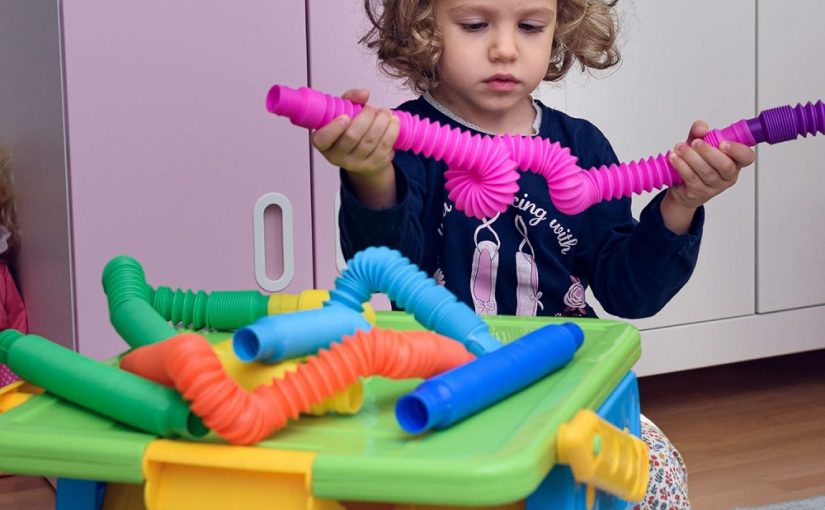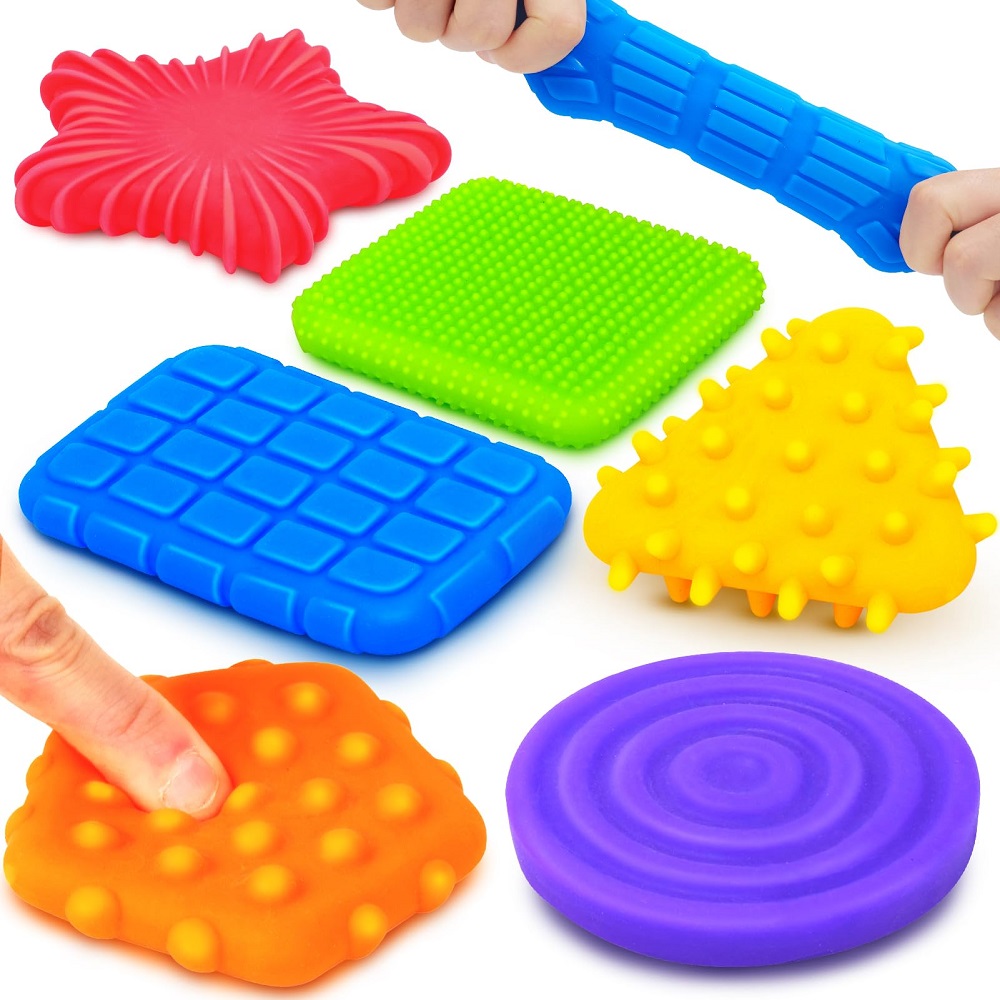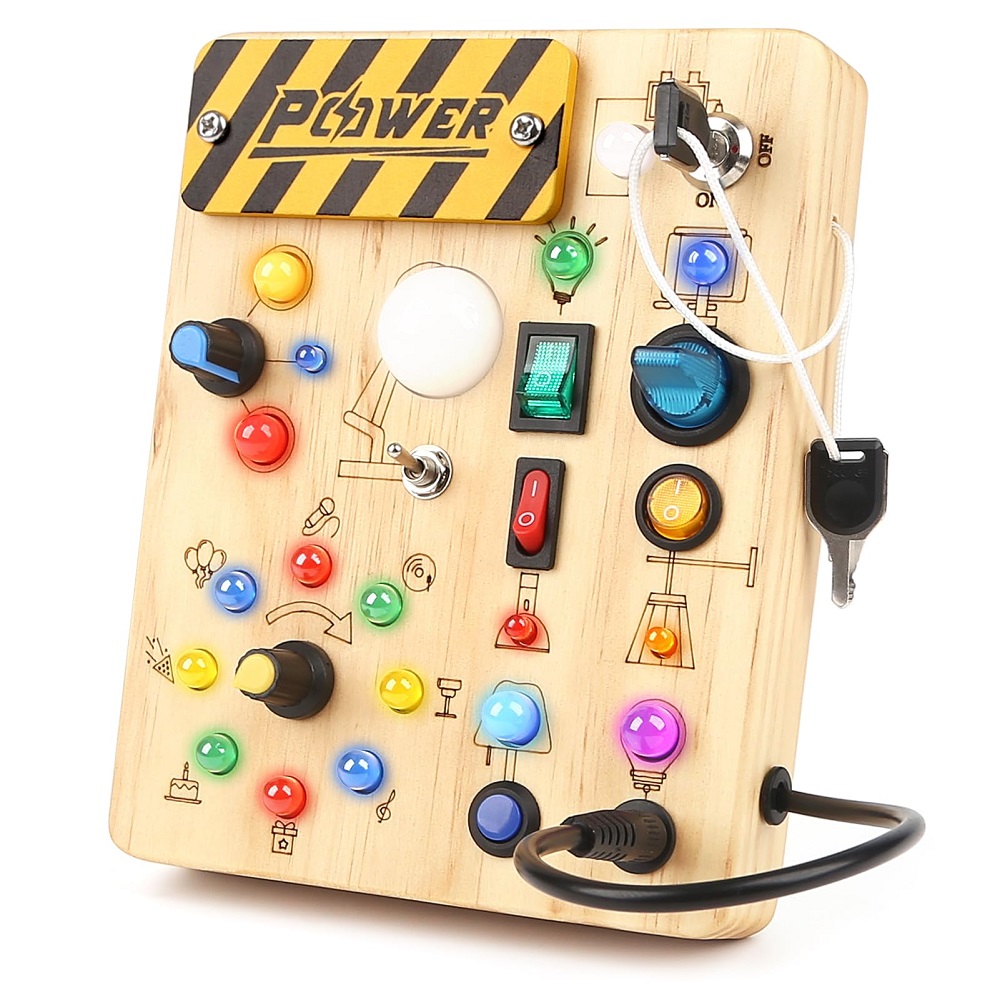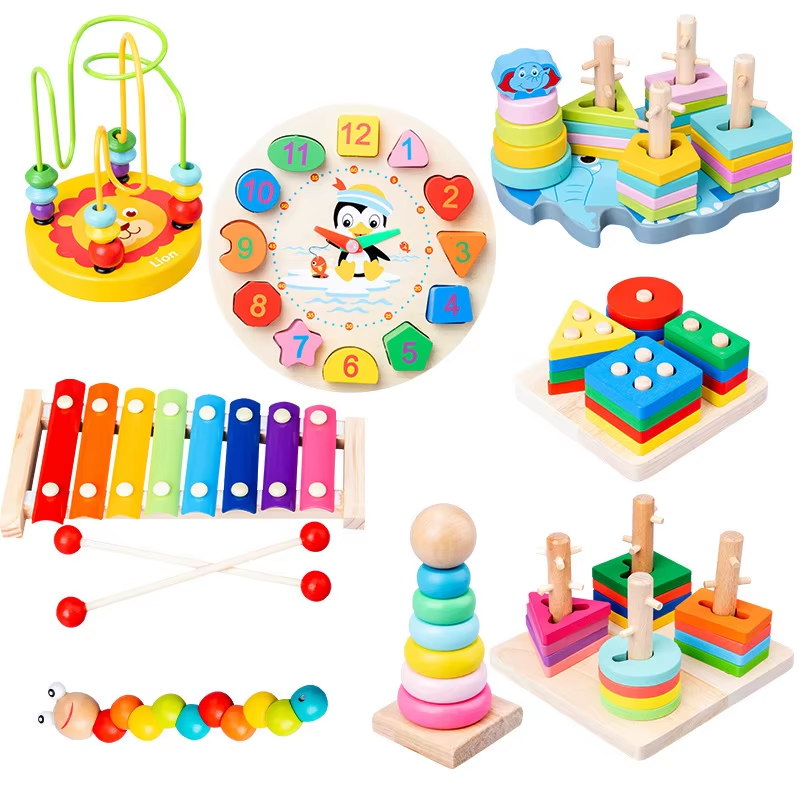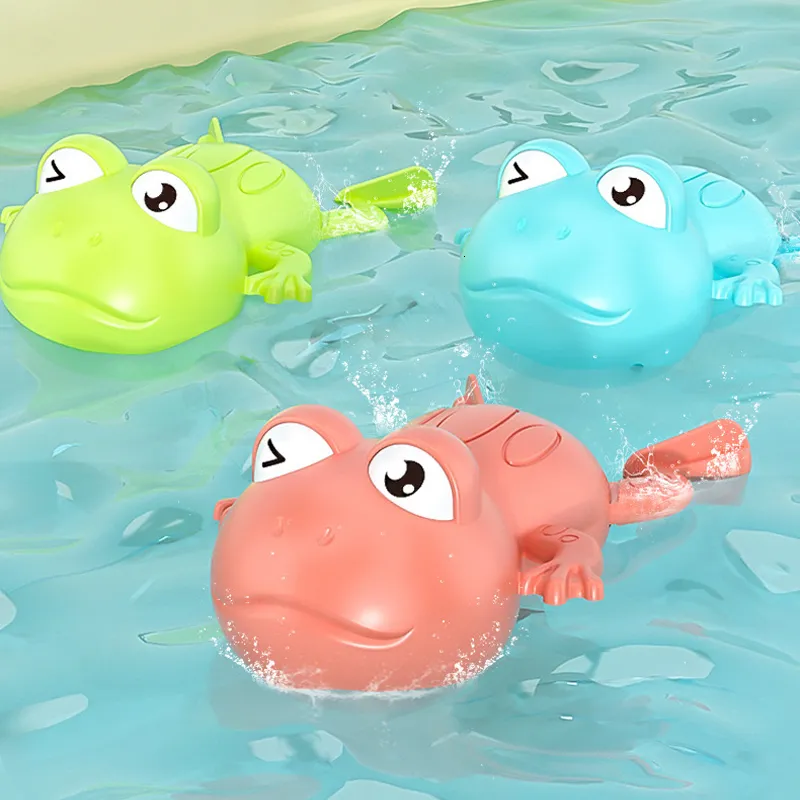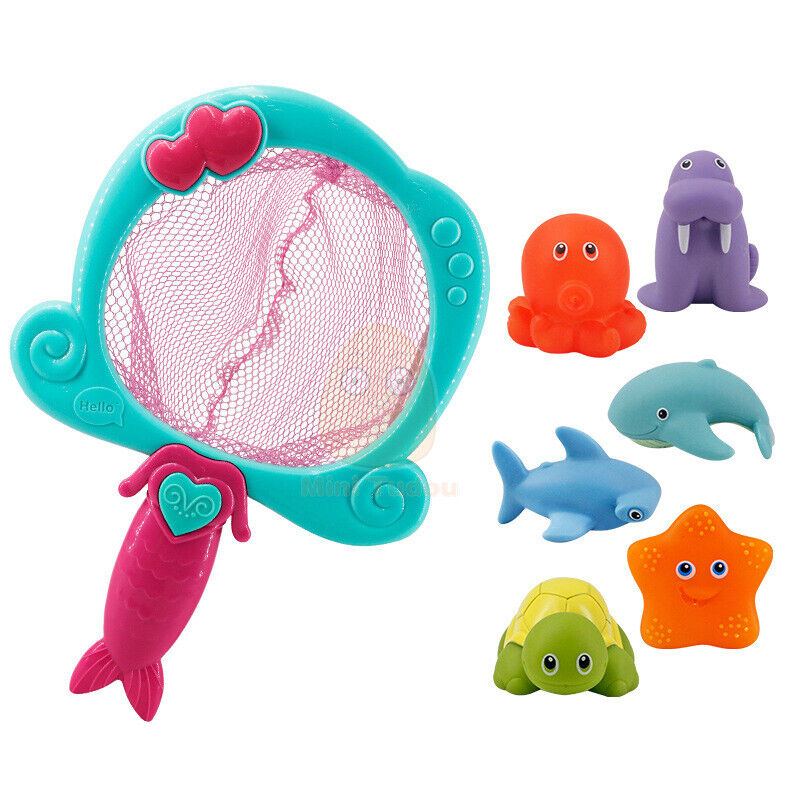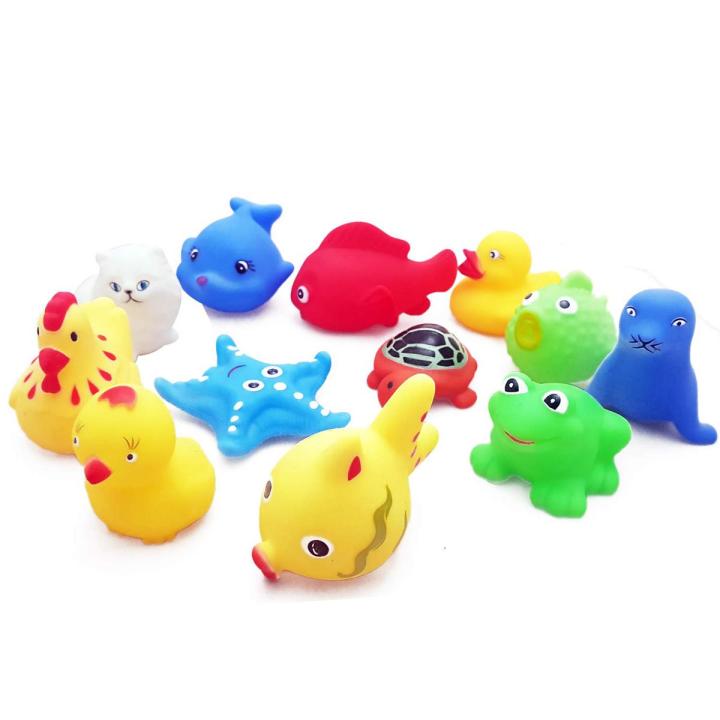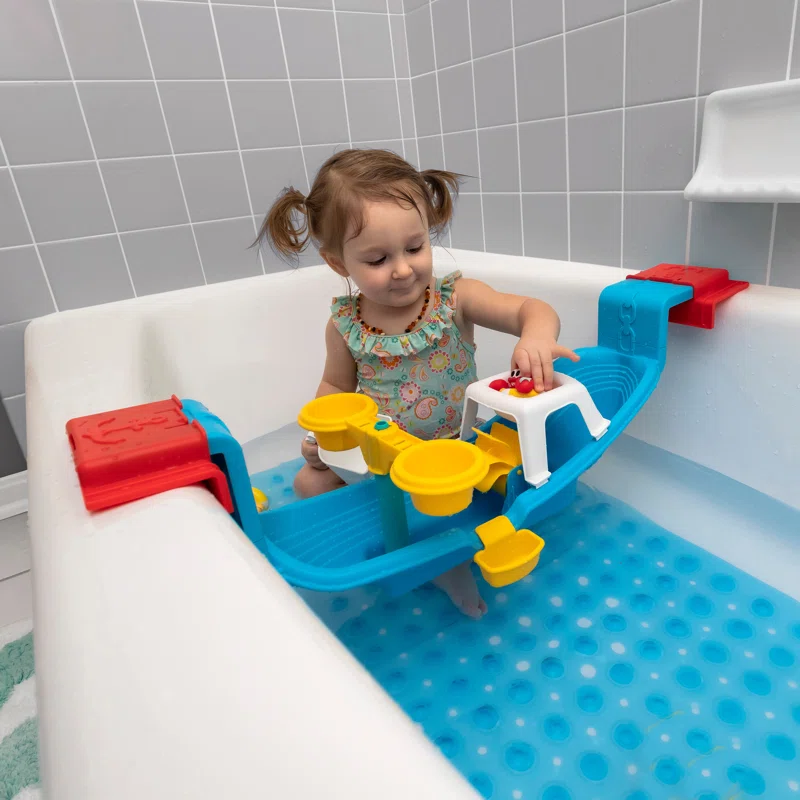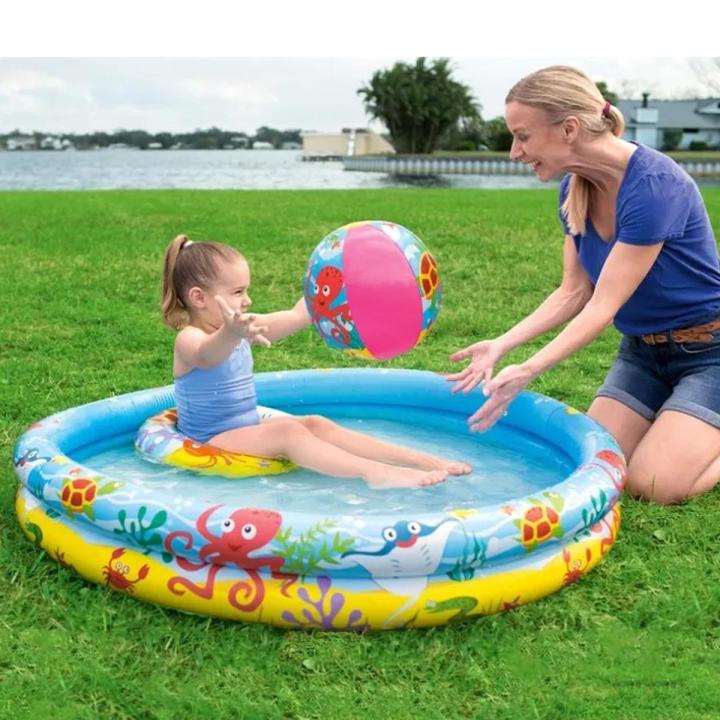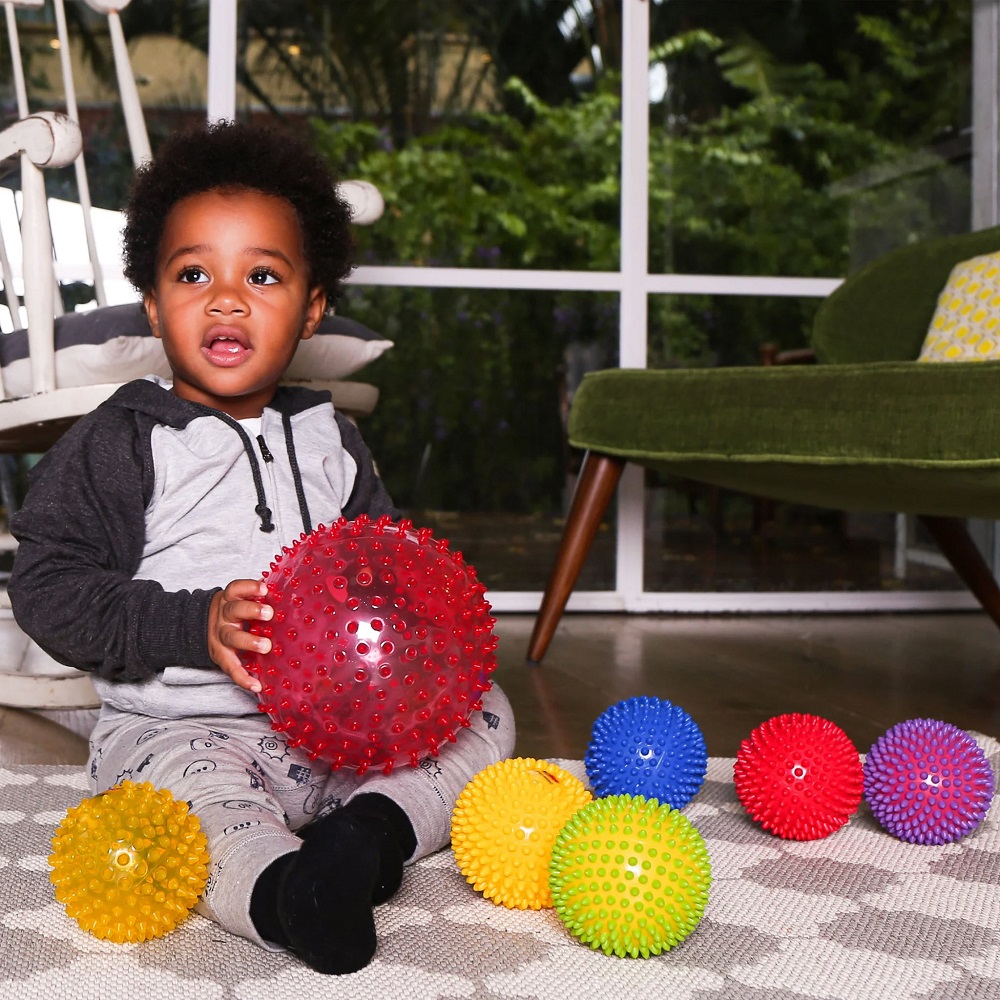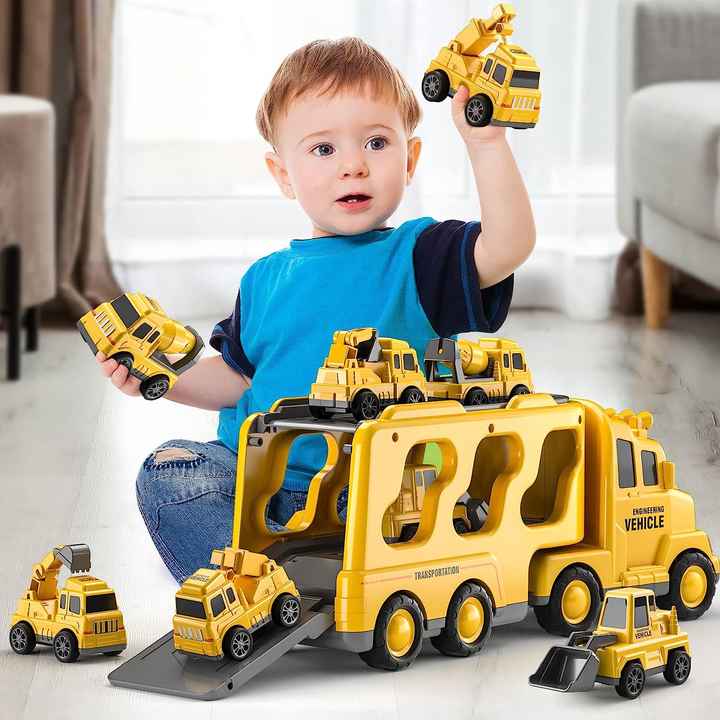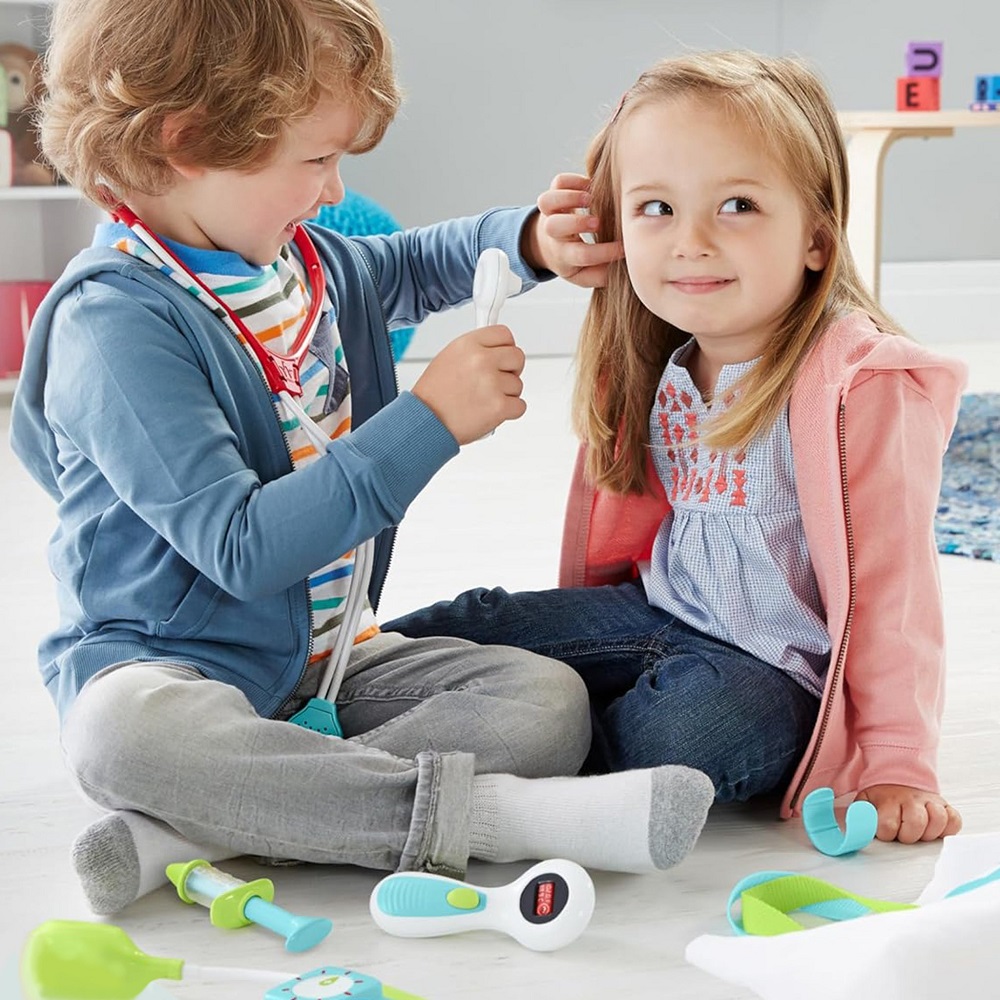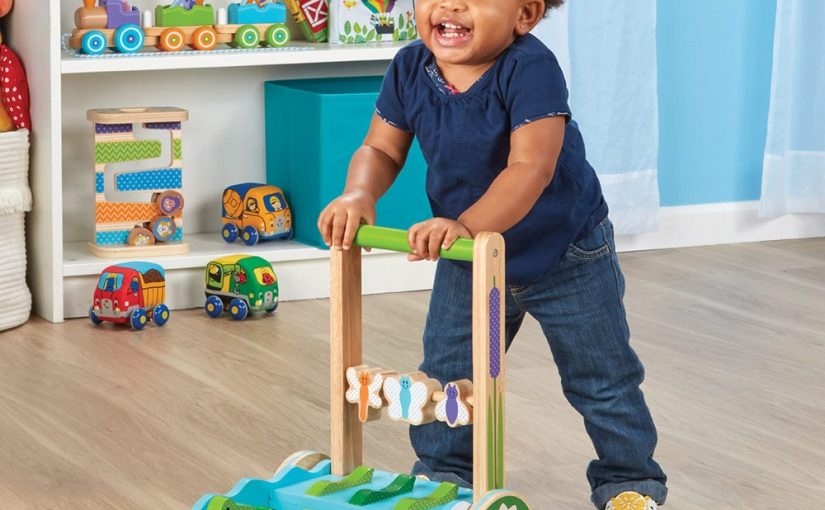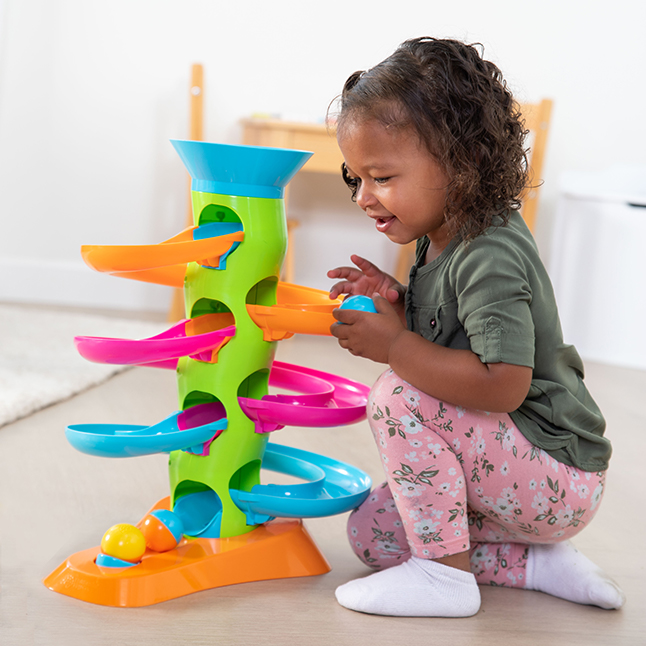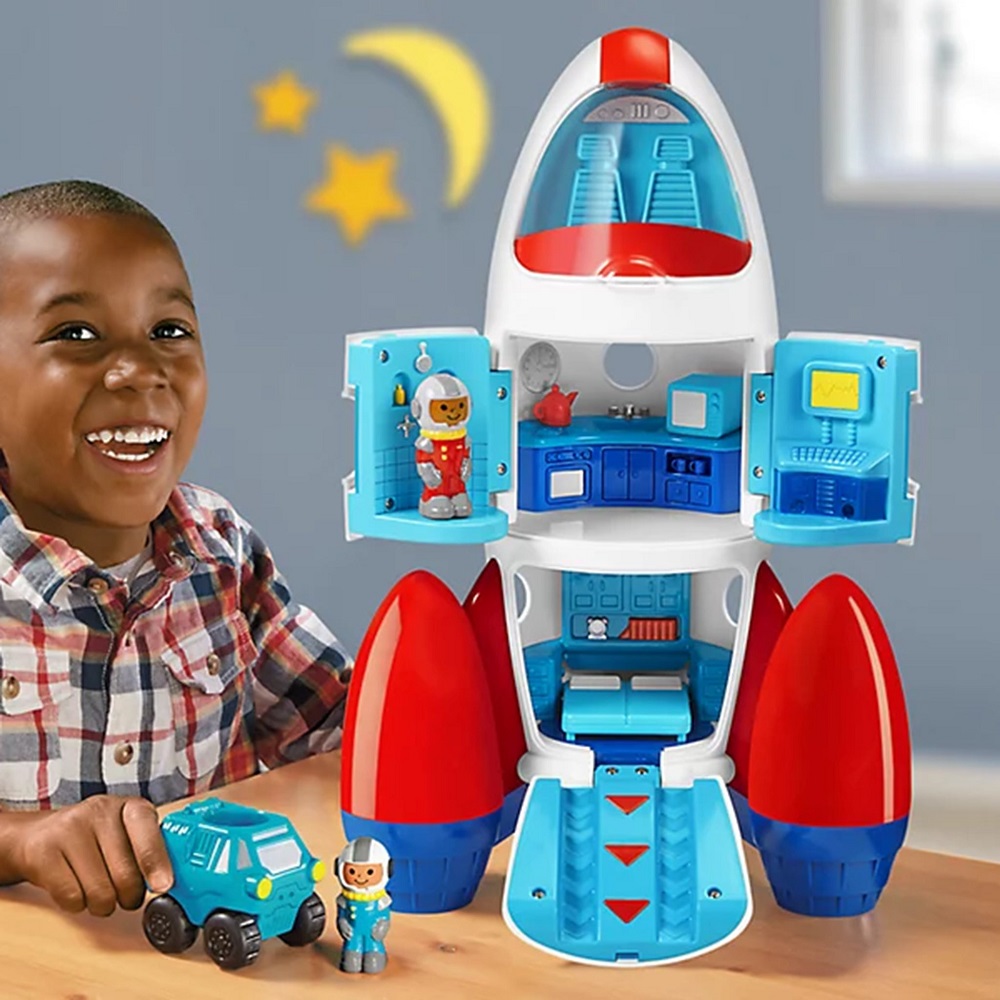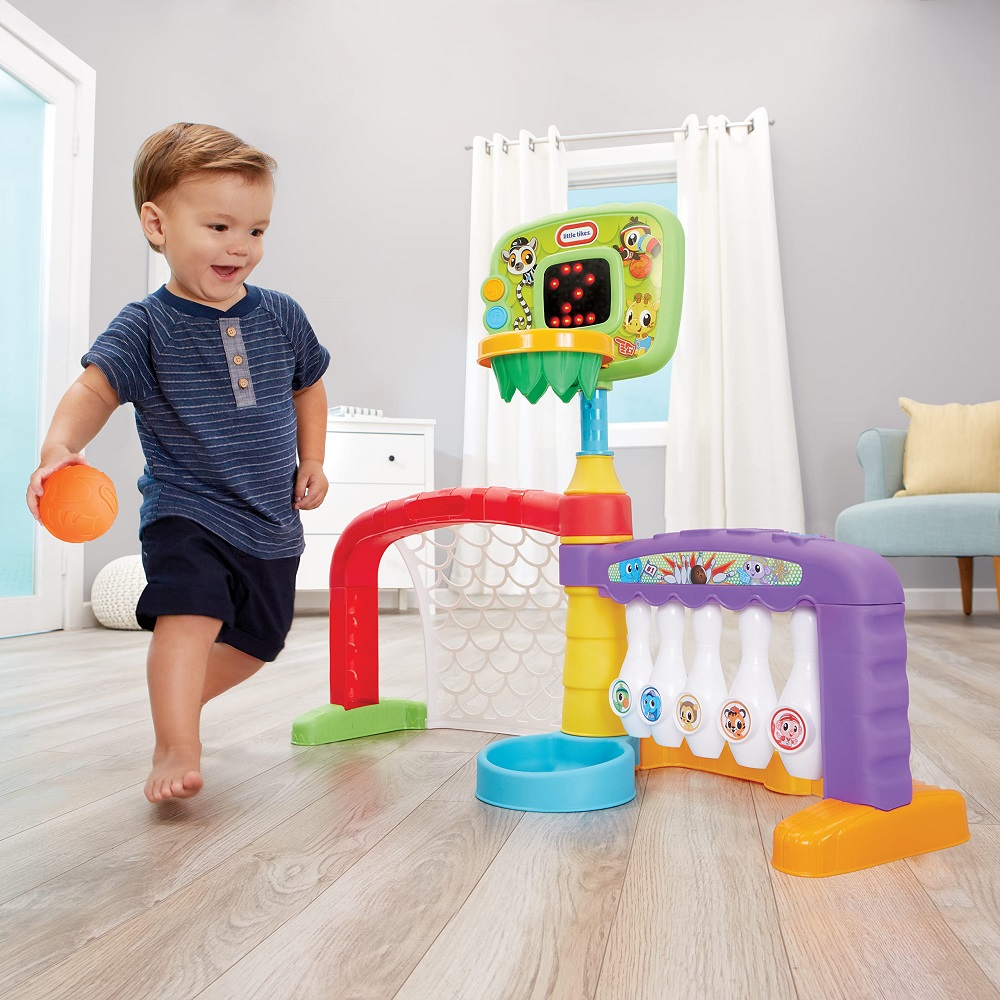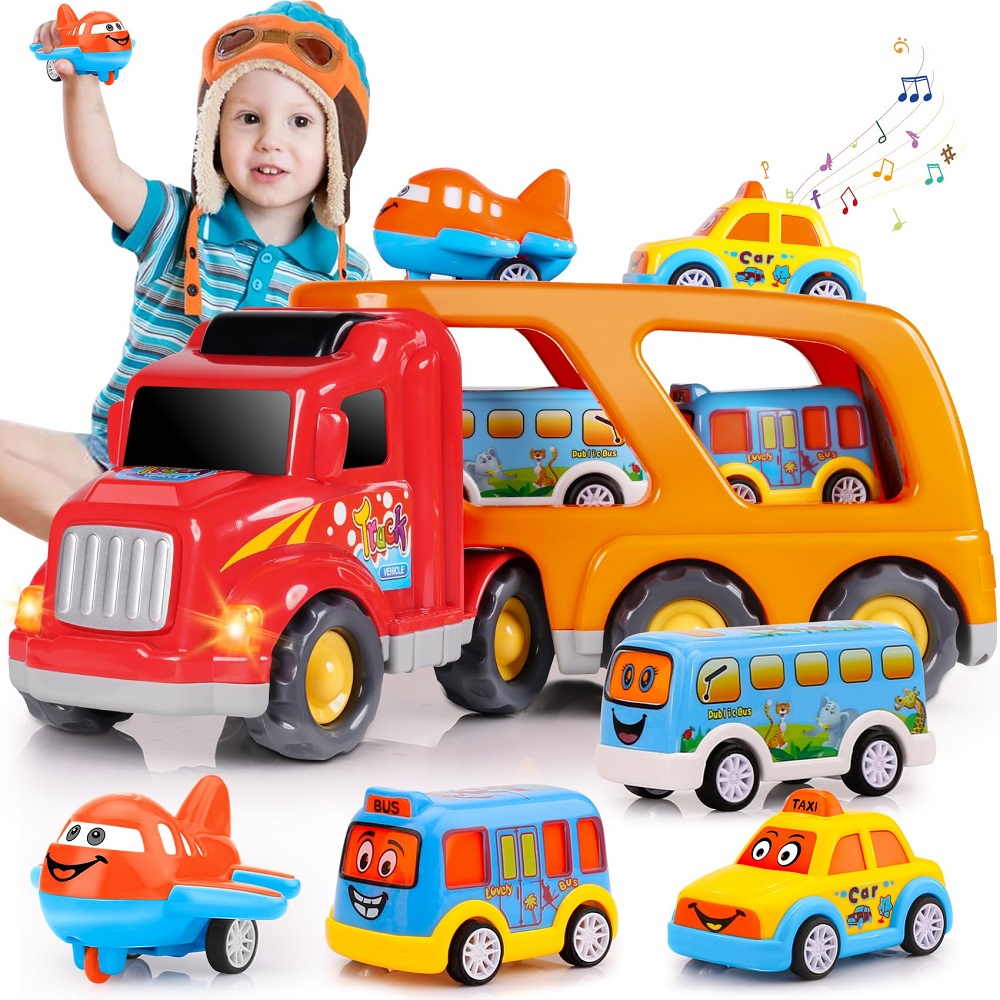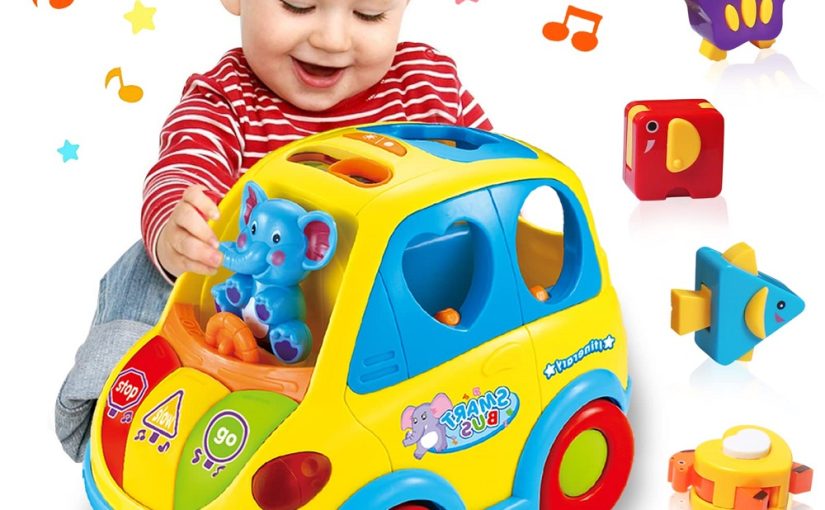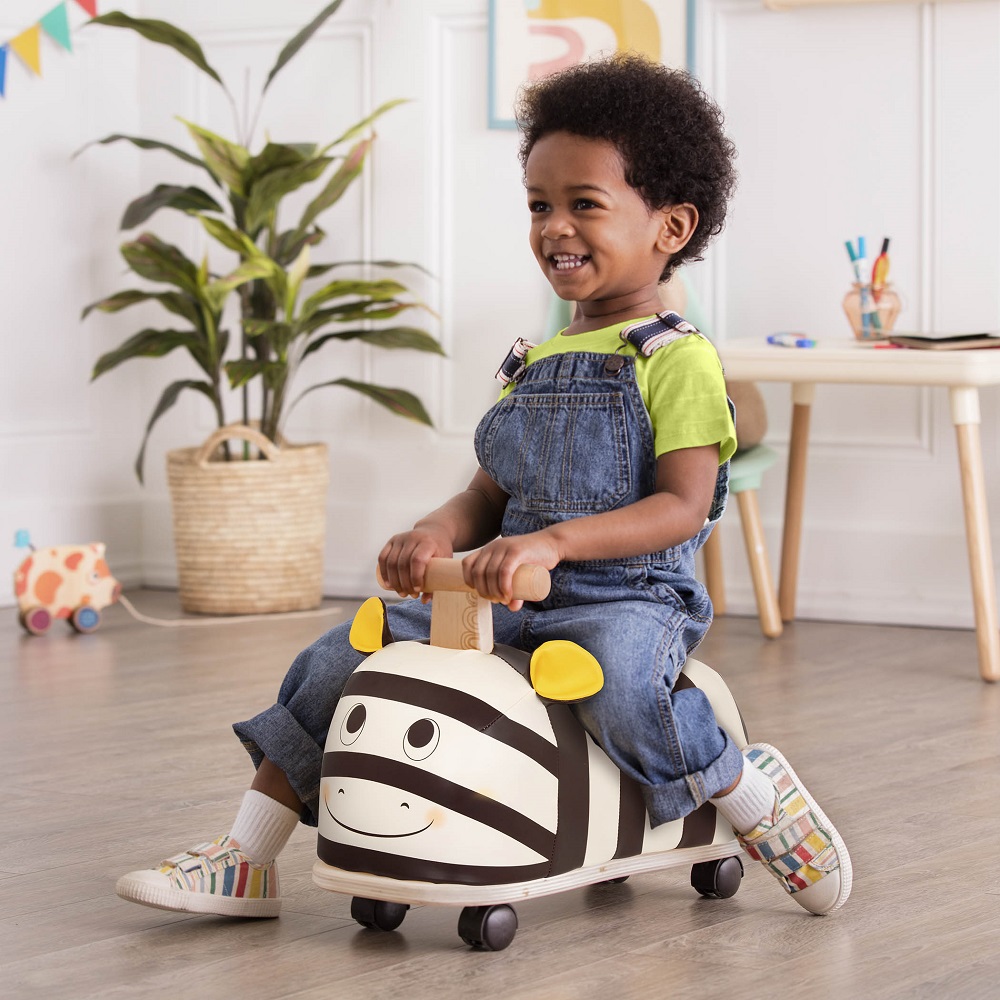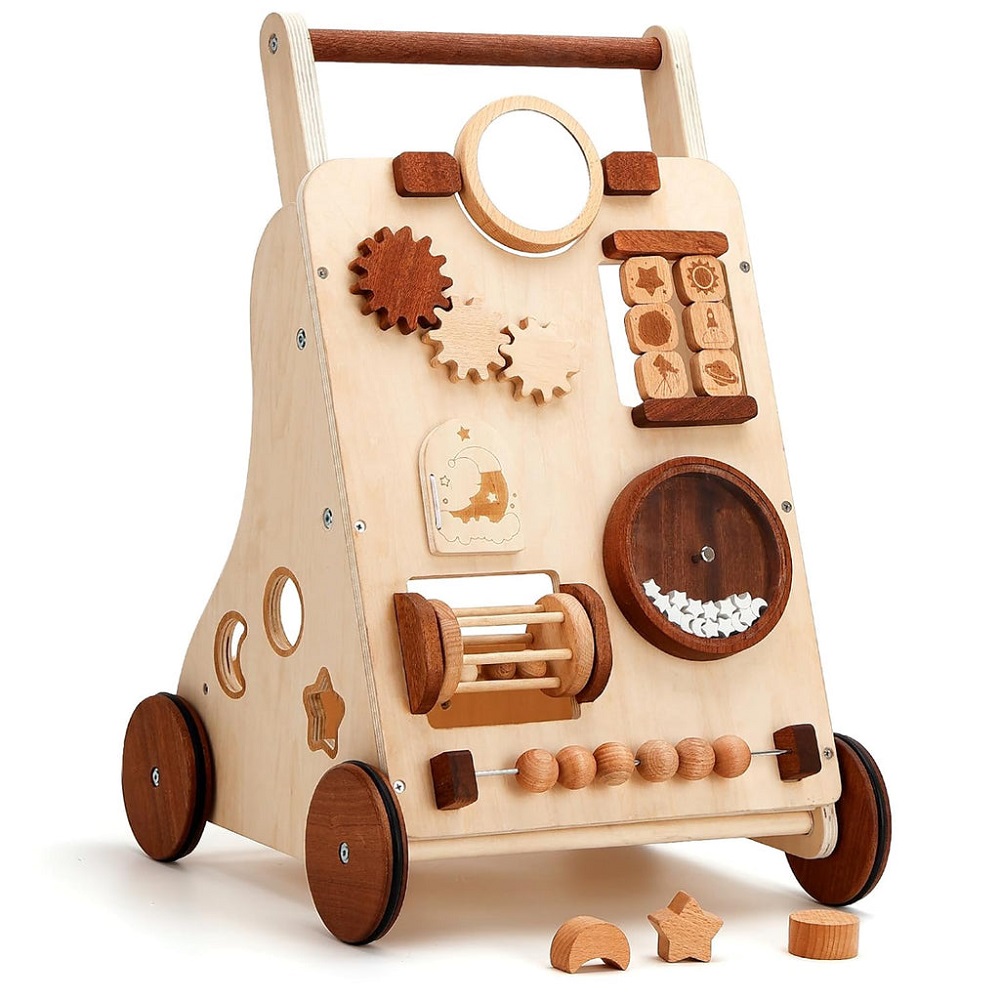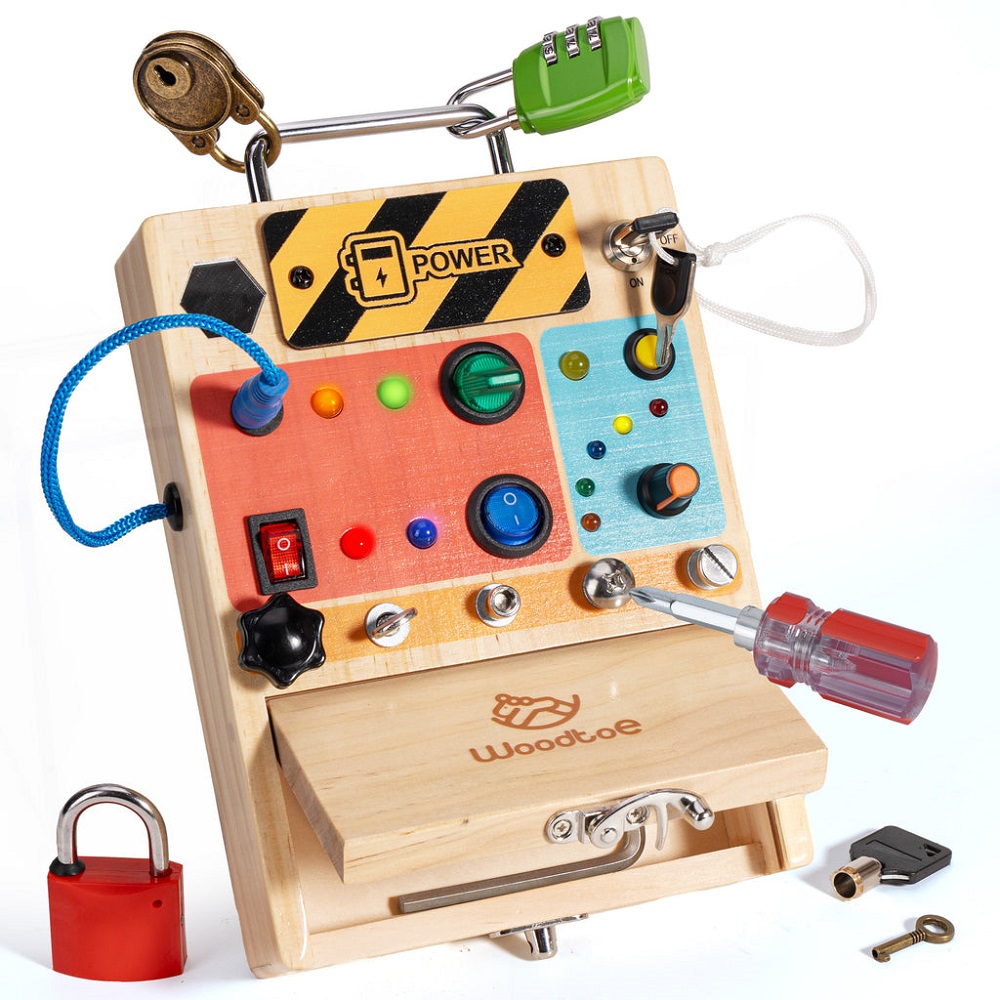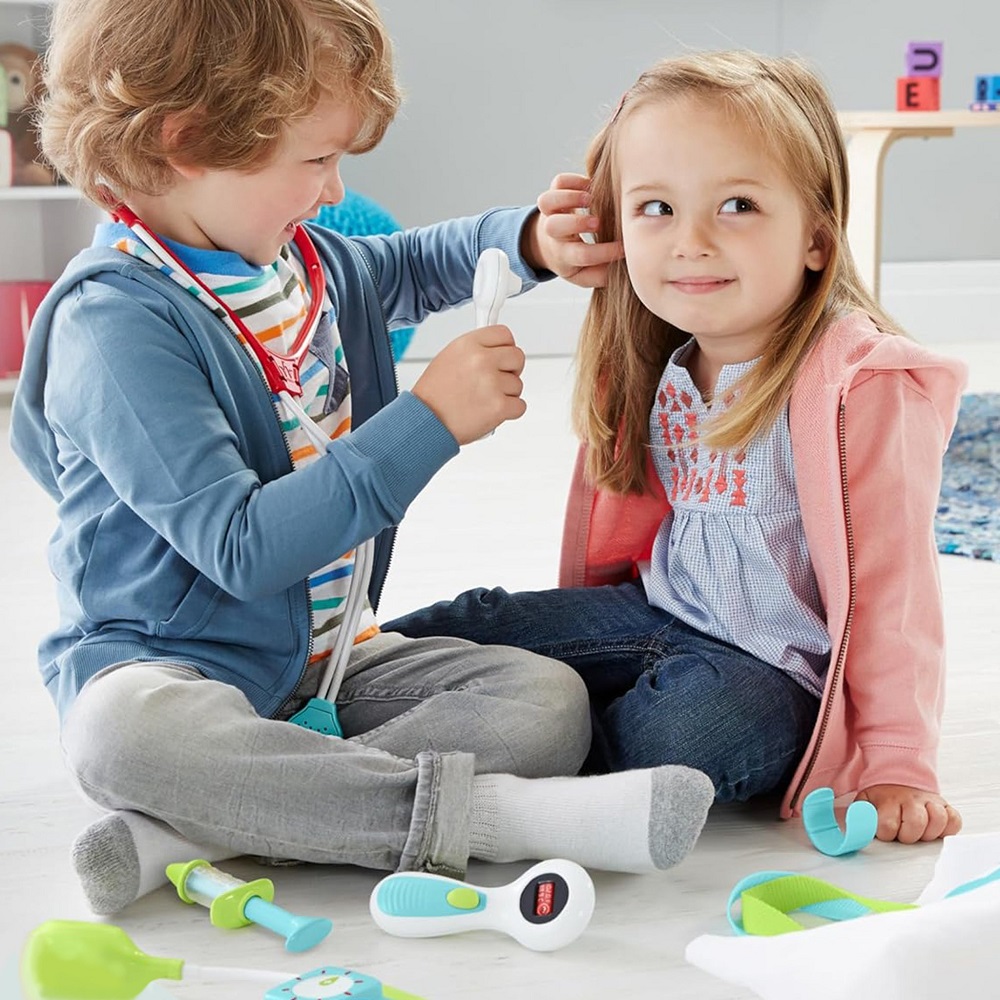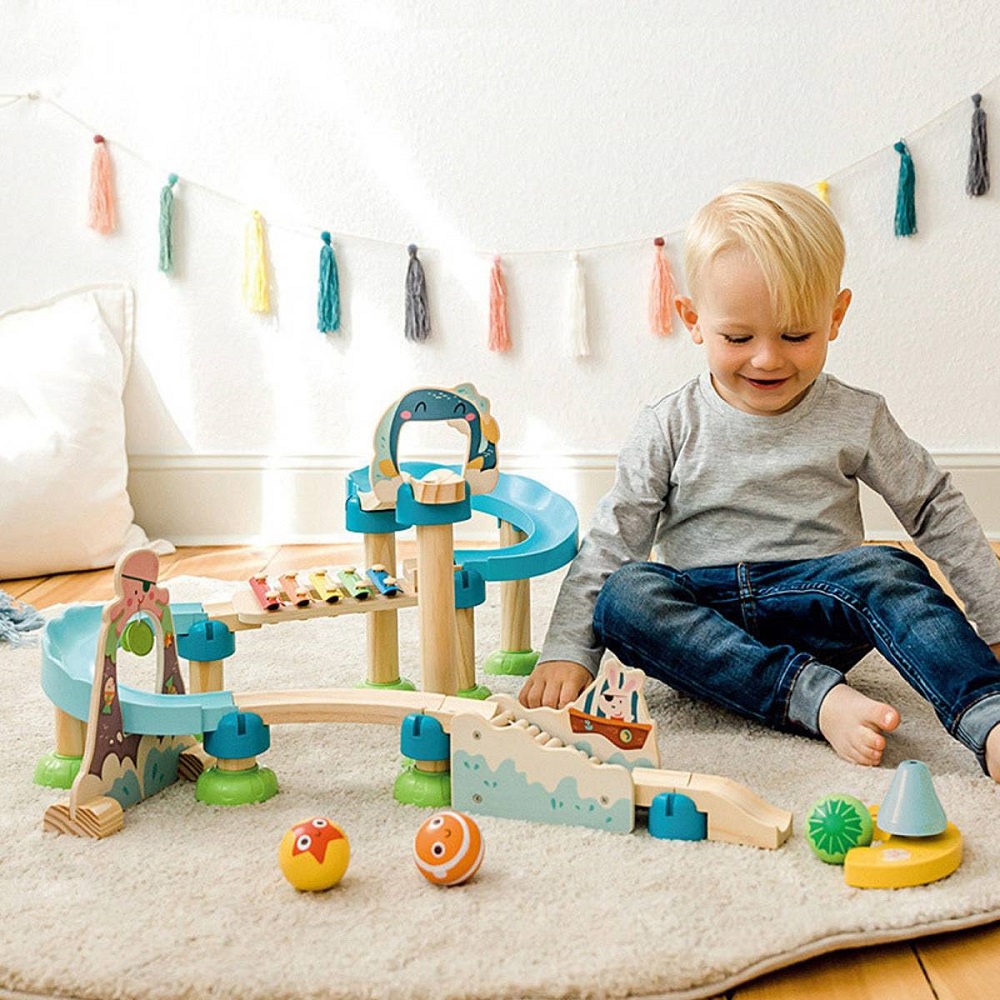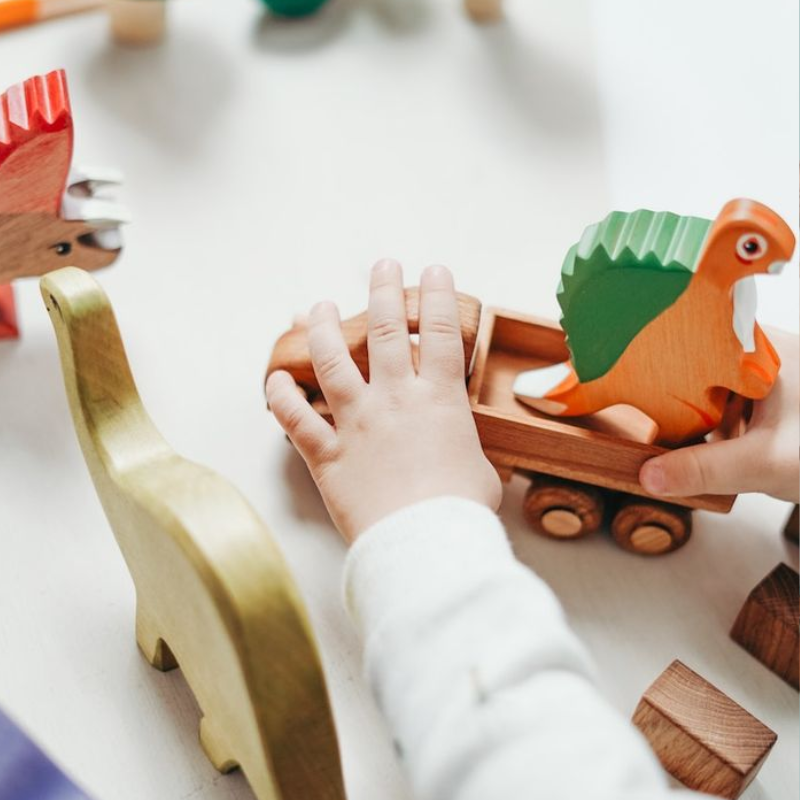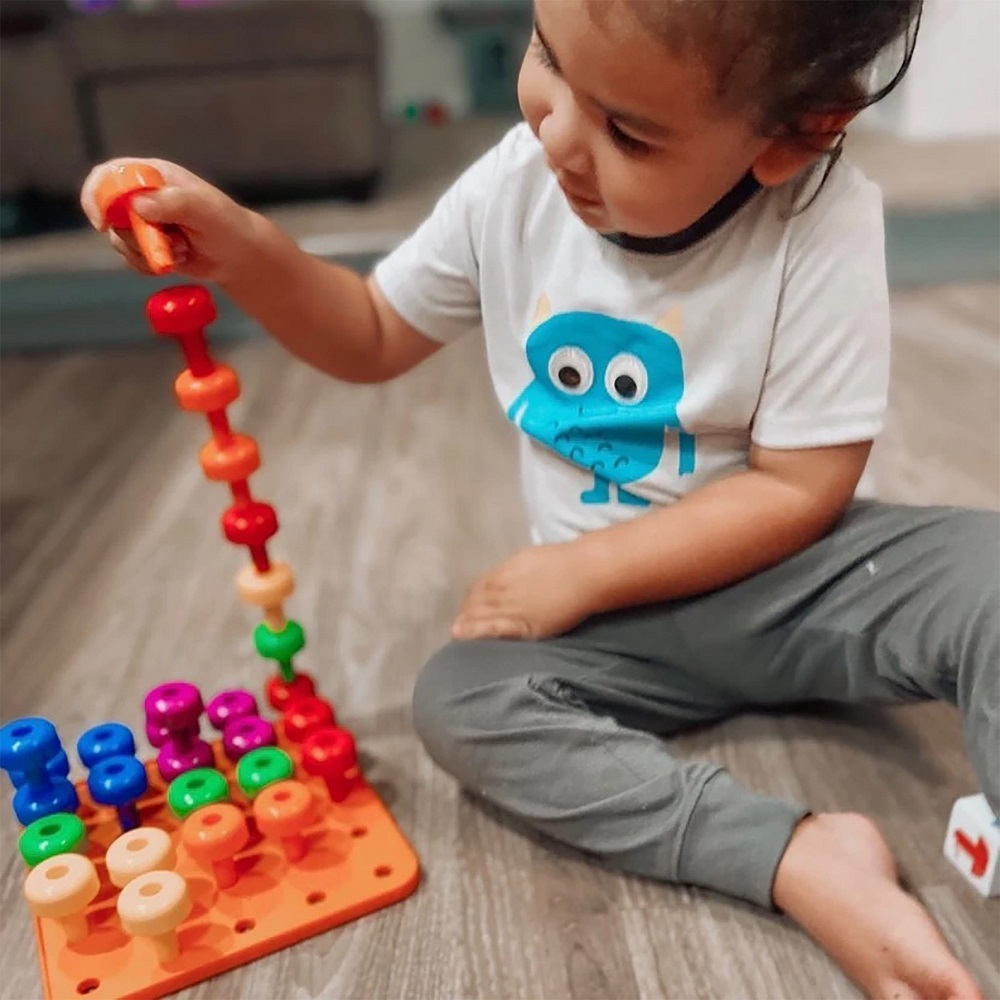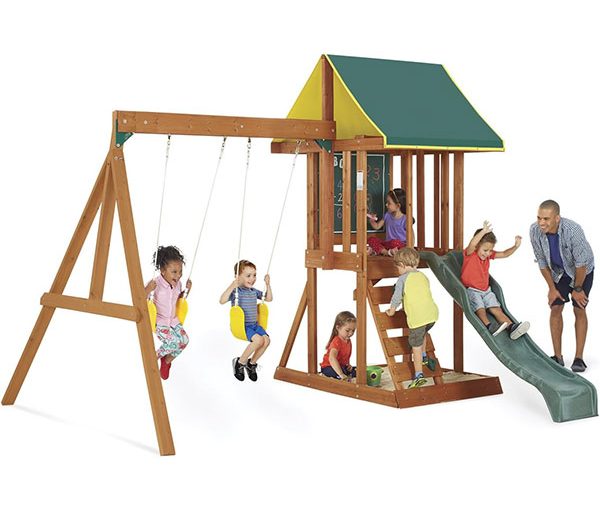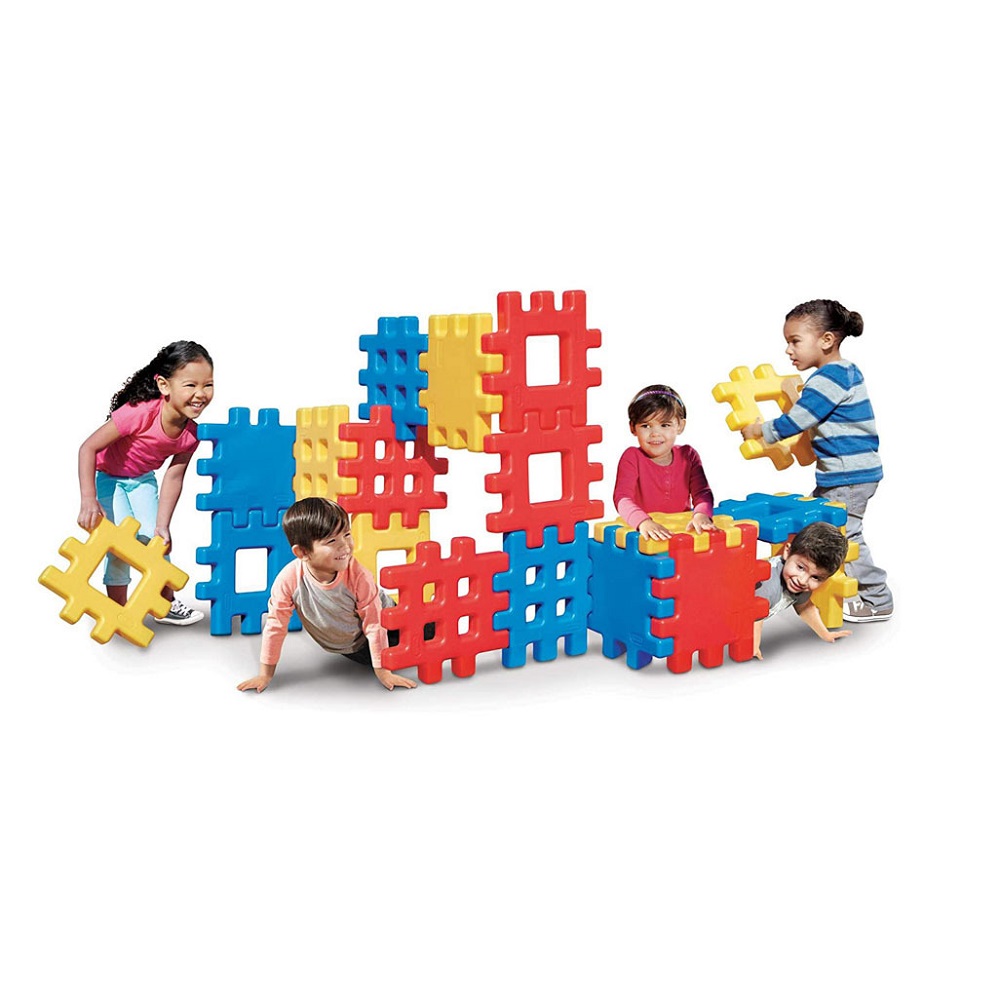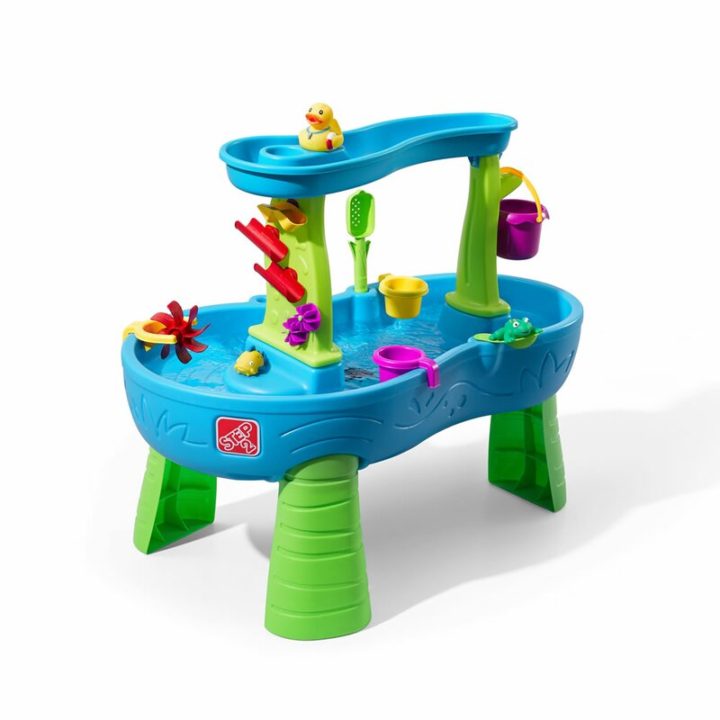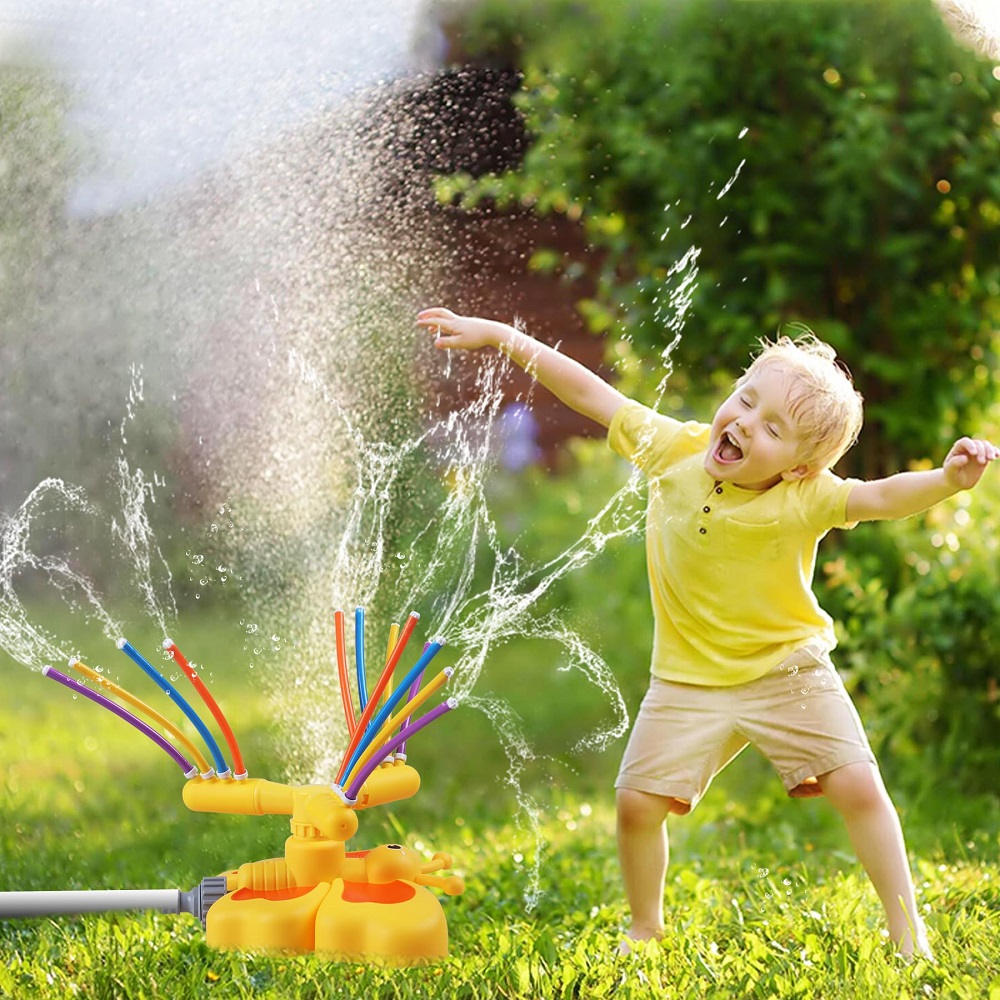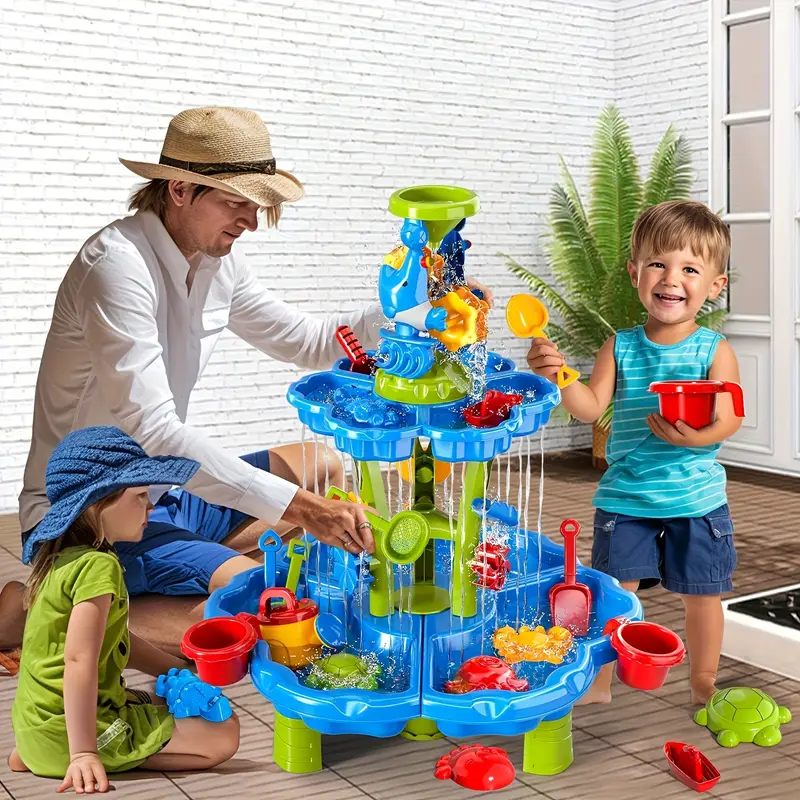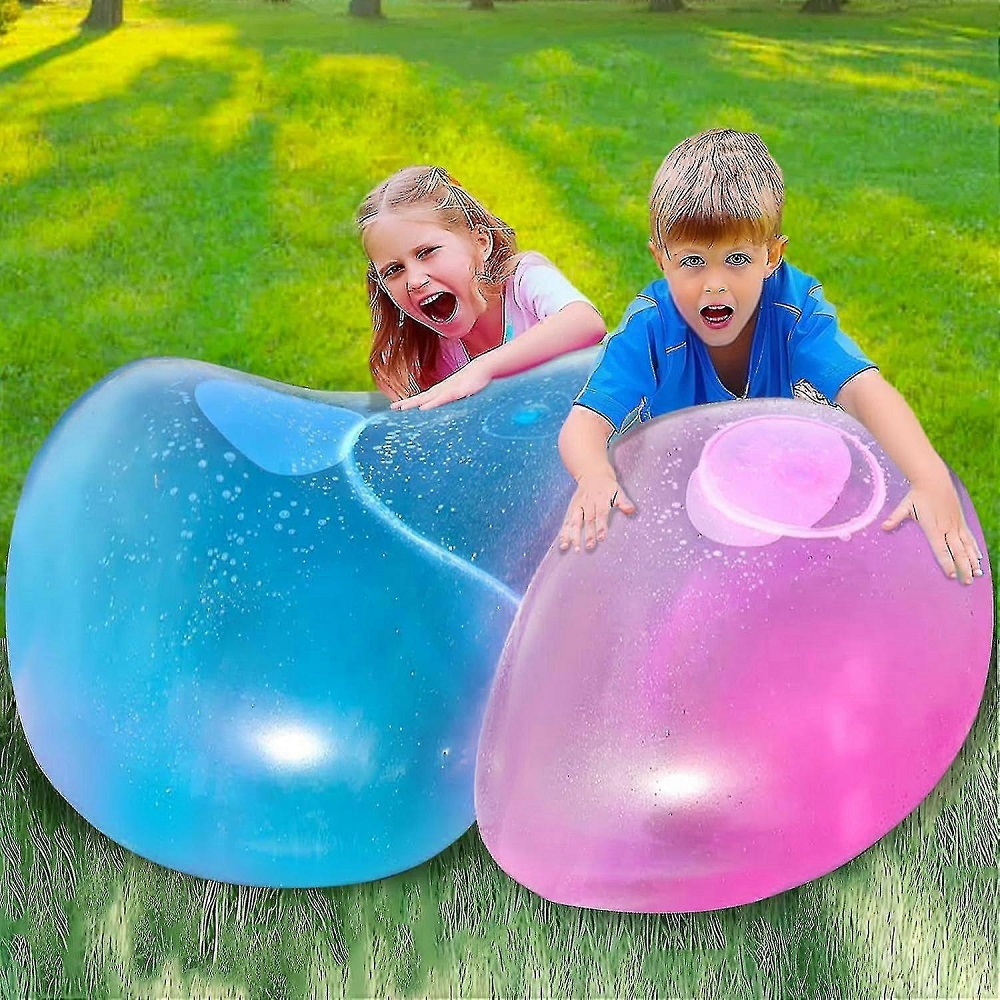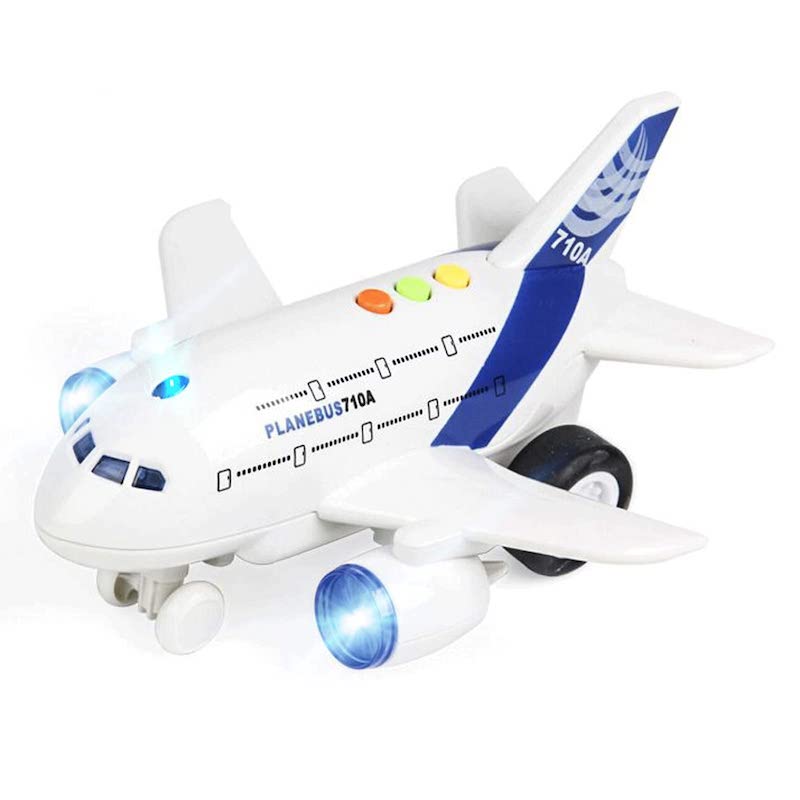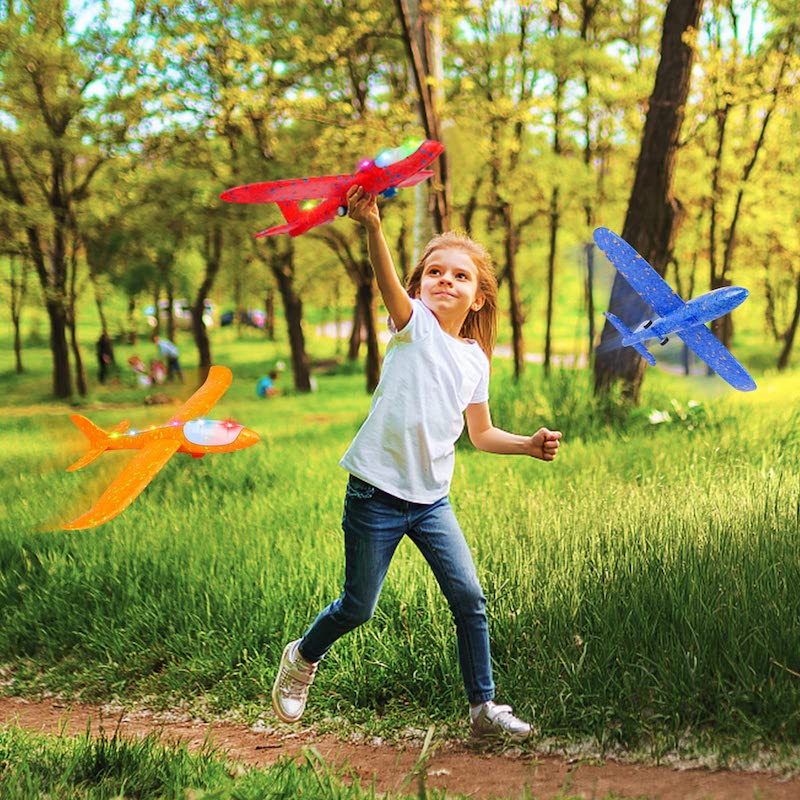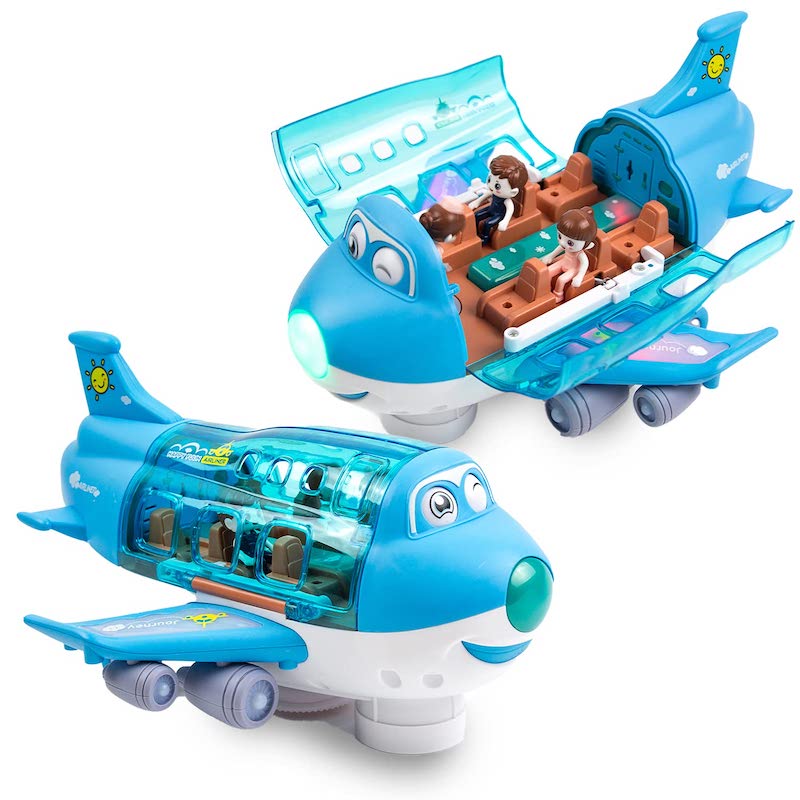Playtime is an essential part of a toddler’s development. During these early years, children are exploring their surroundings, developing skills, and learning about the world around them. Choosing the top toddler toys can significantly impact a toddler’s growth. The top toddler toys not only entertain but also promote cognitive, emotional, and physical development. This article will highlight some of the top toddler toys that enhance playtime with enriching learning experiences.
The Importance of Play in Early Development
Cognitive Development Through Play
Play is more than just fun for toddlers; it is a critical component of their cognitive development. Engaging in various play activities helps toddlers develop problem-solving skills, creativity, and critical thinking. When toddlers play with toys designed for exploration, they learn to manipulate objects and understand cause-and-effect relationships.
For example, stacking blocks encourages spatial awareness and hand-eye coordination. As toddlers figure out how to stack blocks higher without toppling them, they engage in trial and error, a fundamental aspect of cognitive growth. This playful experimentation helps them build essential skills that will serve them well as they grow.
Social and Emotional Learning
Playing with others is equally important during toddlerhood. Social play helps children develop social skills, such as sharing, taking turns, and empathy. Toys that encourage group play, such as games or collaborative building sets, foster these interactions. Toddlers learn how to negotiate, communicate, and understand social dynamics while having fun.
Emotional development is also supported through play. Engaging with dolls or action figures allows toddlers to express their feelings and explore different scenarios. This imaginative play helps them process emotions and develop a sense of identity. Therefore, selecting top toddler toys that facilitate both cognitive and social-emotional learning is crucial in enhancing a toddler’s playtime.
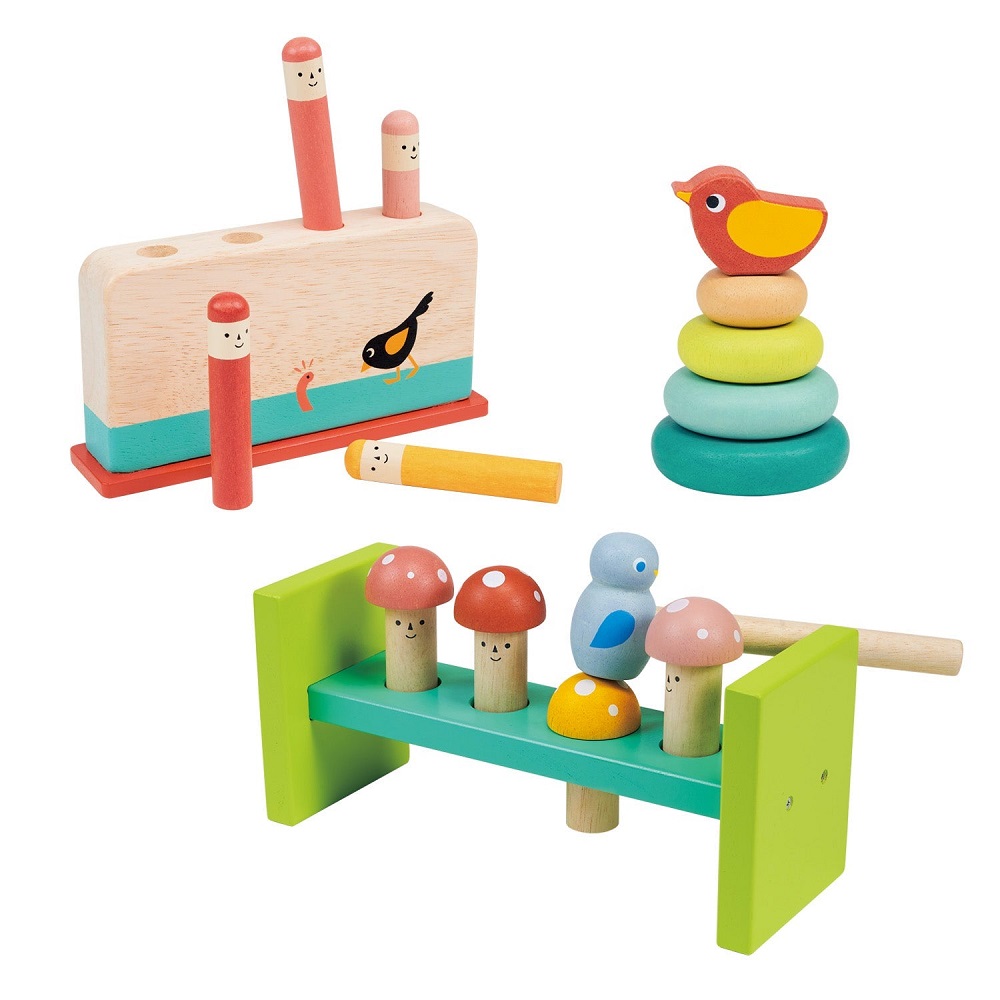
Building Blocks: The Foundation of Learning
Types of Building Blocks
Building blocks remain a timeless choice for a toddler’s toy collection. They come in various shapes, sizes, and materials, offering endless opportunities for creativity. Classic wooden blocks are particularly popular. They are durable and usually safe for little hands. Furthermore, they encourage imaginative play and can be used in countless ways.
Another variation includes soft foam blocks, ideal for younger toddlers. These blocks are lightweight and easy to manipulate, reducing the risk of injury during play. Magnetic building blocks are also gaining popularity. They allow toddlers to create structures more easily, enhancing their spatial reasoning skills. Each type of block offers unique learning experiences while keeping playtime fun.
Enhancing Skills Through Building Blocks
Playing with building blocks promotes essential skills such as fine motor coordination and problem-solving. As toddlers stack, balance, and arrange blocks, they enhance their dexterity. This activity requires concentration and precision, helping them develop strong motor skills.
Additionally, building block play fosters creativity. Toddlers can create anything from simple towers to intricate structures, allowing them to explore their imaginations freely. Encouraging open-ended play with blocks ensures that toddlers are challenged and engaged, making it a favorite activity for parents and children alike.
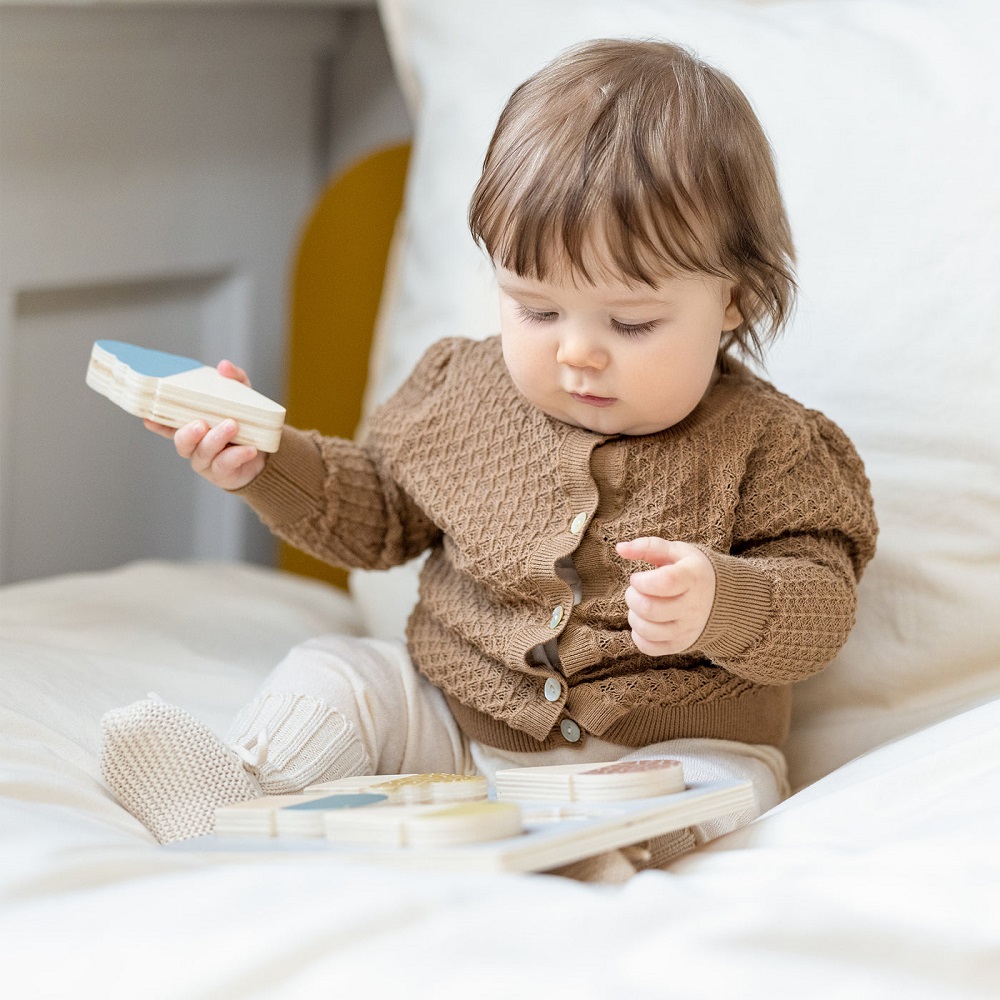
Interactive Learning Toys
Types of Interactive Toys
Interactive learning toys are designed to engage toddlers and stimulate their senses. These top toddler toys often feature buttons, sounds, lights, and textures, making them incredibly appealing. Examples include electronic learning pads, talking books, and interactive animals. Each toy offers a fun way for toddlers to learn numbers, letters, and shapes through play.
One popular type of interactive toy is the shape sorter. These toys challenge toddlers to fit shapes into corresponding holes, enhancing their problem-solving skills. Similarly, musical instruments designed for toddlers, such as xylophones or drums, provide auditory stimulation and encourage rhythm and coordination.
Benefits of Interactive Learning Toys
Interactive toys offer several benefits for toddlers. First, they help develop cognitive skills by introducing concepts like counting, letters, and problem-solving. Many interactive toys incorporate repetitive learning, reinforcing these concepts in a fun way.
Second, interactive toys foster engagement and attention. The sounds and lights capture a toddler’s interest, encouraging them to interact with the toy. This increased engagement leads to longer play sessions, allowing for deeper learning experiences. By integrating play with learning, interactive toys can significantly enhance a toddler’s development.
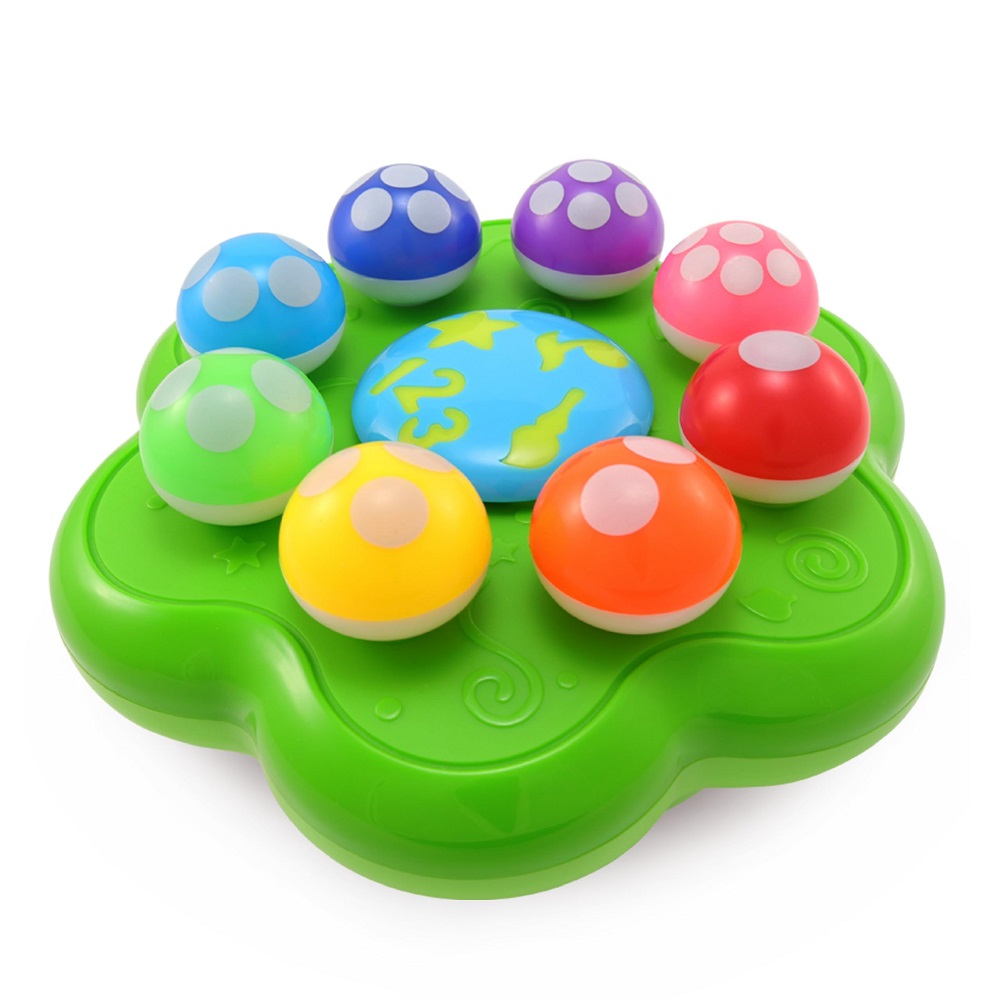
Art and Craft Supplies
Discovering Creativity Through Art
Encouraging creativity through art and craft supplies is an excellent way to foster self-expression in toddlers. Simple art supplies, such as crayons, washable markers, and finger paints, allow children to explore their artistic side. These tools promote fine motor skills as toddlers learn to grip and manipulate them.
The use of various textures and colors can stimulate sensory exploration. For instance, using clay or playdough helps toddlers experience different textures while developing their hands’ strength. Such materials encourage imaginative play, allowing toddlers to create their own worlds.
Importance of Imaginative Play
Art and craft activities also encourage imaginative play, allowing toddlers to express their thoughts and emotions. Creating art provides an outlet for feelings, helping them communicate ideas that may be difficult to express verbally. This form of play nurtures both cognitive and emotional development.
Additionally, art projects promote patience and concentration. As toddlers work on a drawing or craft, they learn to focus on a task and see it through to completion. This experience fosters a sense of accomplishment as they proudly display their artwork. Encouraging creative play with art supplies is essential for developing well-rounded individuals.
Outdoor Toys: Encouraging Active Play
Types of Outdoor Toys
Outdoor toys are vital for physical development. Playing outside supports gross motor skills and encourages active play. Some popular outdoor toys include tricycles, scooters, and playhouses. Each of these toys allows toddlers to develop coordination and balance while enjoying the fresh air.
For younger toddlers, push toys, such as walkers or garden carts, are perfect. These toys help toddlers practice walking and build strength. Meanwhile, slightly older toddlers may enjoy sliding down slides or climbing in play structures. Outdoor play encourages physical activity, which is essential for healthy development.
Benefits of Outdoor Play
The benefits of outdoor play extend beyond physical development. Being outside promotes mental well-being and socialization. Toddlers can interact with peers while engaging in group games, helping them build social skills. Activities like tag and hide-and-seek are not only fun but also teach cooperation and teamwork.
Furthermore, outdoor play stimulates curiosity and exploration. In various environments, toddlers can discover nature and learn about their surroundings. This exploration cultivates a sense of wonder and appreciation for the world outside. Investing in outdoor toys encourages a balanced lifestyle for toddlers, allowing them to play, learn, and grow.

Puzzles and Board Games
Engaging Cognitive Skills with Puzzles
Puzzles are fantastic learning tools for toddlers, promoting critical thinking and problem-solving skills. Simple wooden puzzles with large pieces are ideal for younger children. These puzzles typically feature familiar shapes or animals, making the experience both educational and enjoyable.
As toddlers progress, they can explore more complex puzzles that challenge their reasoning abilities. This incremental difficulty helps build confidence as they learn to solve problems. Working on puzzles fosters patience and perseverance, essential skills for personal development.
Introducing Family Board Games
Introducing board games for toddlers is another excellent way to encourage learning and family bonding. Many age-appropriate board games focus on basic concepts like counting, matching, or colors. These games often involve turn-taking and cooperation, allowing toddlers to learn social skills while having fun.
Playing board games together fosters quality family time and creates cherished memories. Engaging with toddlers in gameplay strengthens relationships and teaches valuable lessons about taking turns and playing fairly. It is a wonderful way for parents and caregivers to interact with children while supporting their cognitive development.
Final Thoughts on Selecting the Right Toys
Choosing Age-Appropriate Toys
When selecting toys for toddlers, it is essential to choose age-appropriate options. Toys should be neither too simple nor overly complex. Consider the child’s interests, developmental milestones, and safety. Look for toys free from small parts that pose choking hazards.
Choosing toys that inspire curiosity and exploration is crucial. Opt for multifunctional items that offer different ways to play. A toy that can be used in various ways keeps toddlers engaged and encourages them to use their imaginations.
Embracing the Power of Play
Ultimately, the right toys can significantly enhance a toddler’s playtime experiences. Toys that promote learning in a fun way create lasting impressions on a child’s development. Embracing the power of play allows toddlers to explore new skills and concepts while fostering their natural curiosity.
As parents and caregivers select toys for their little ones, they should prioritize those that encourage interaction, creativity, and active play. By doing so, they set the foundation for a lifetime of learning and adventure.

Enriching Playtime with Learning Experiences
Choosing the right toys for toddlers is not just about entertainment—it is about fostering growth and development. From building blocks to outdoor toys, each option plays a role in shaping a child’s skills and confidence. Investing in high-quality, age-appropriate toys enriches playtime, making it a joyful experience that facilitates learning.
As toddlers engage with these toys, they develop cognitive, social, and emotional skills that will serve them throughout their lives. The top toddler toys that children play with today can influence who they become tomorrow. By enhancing playtime with thoughtful choices, parents and caregivers create a nurturing environment that encourages exploration and discovery. With the right guidance, playtime can become a magical journey filled with valuable lessons and cherished memories.
